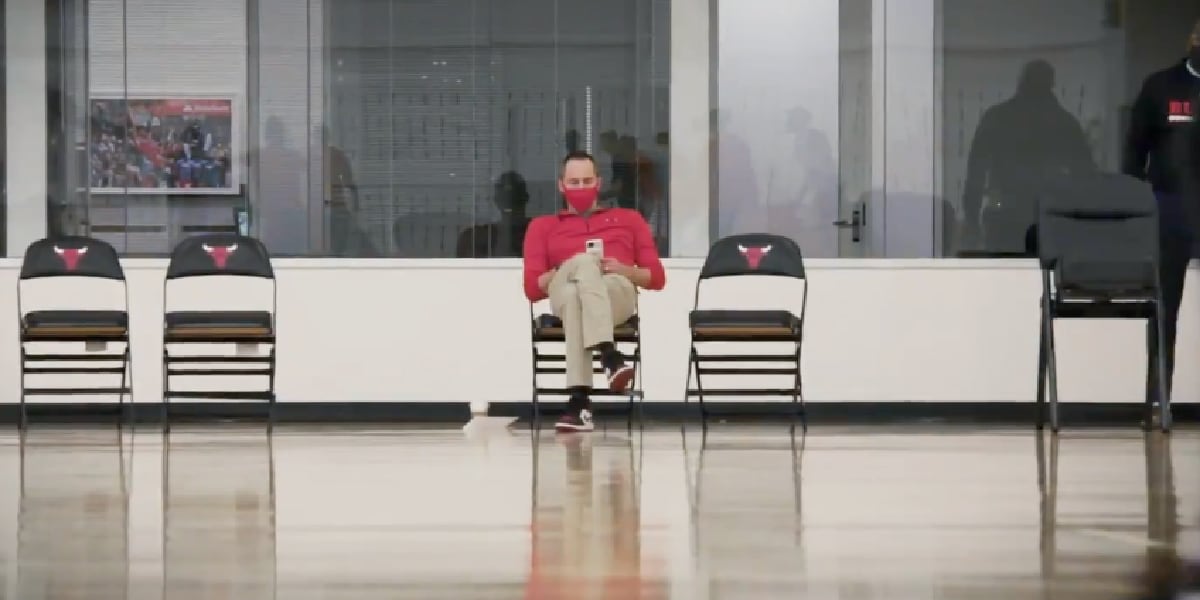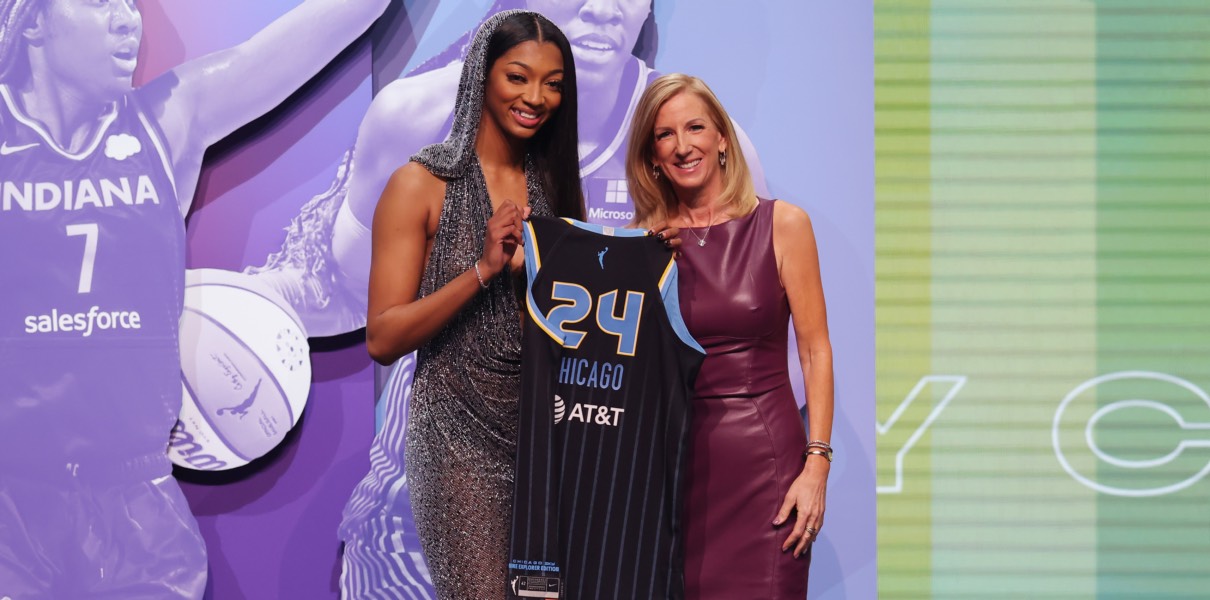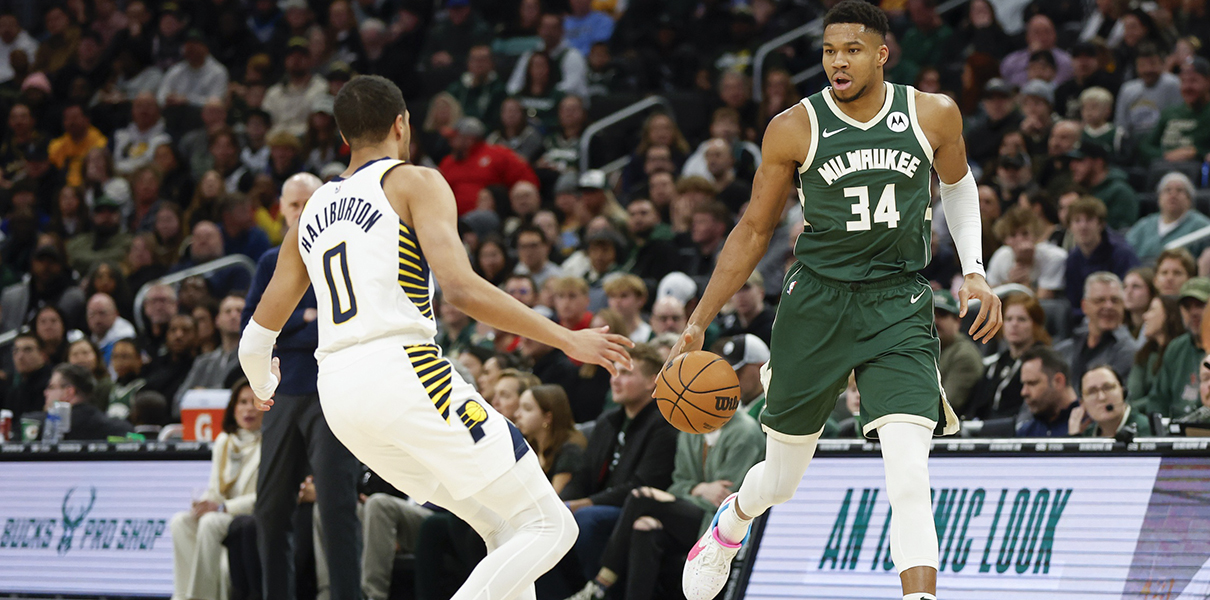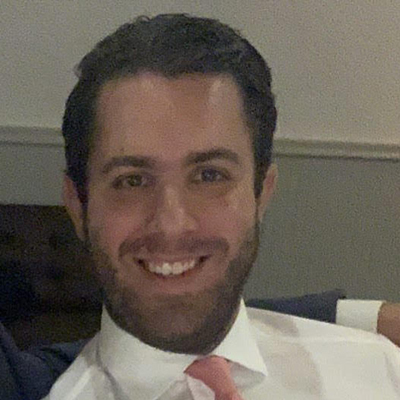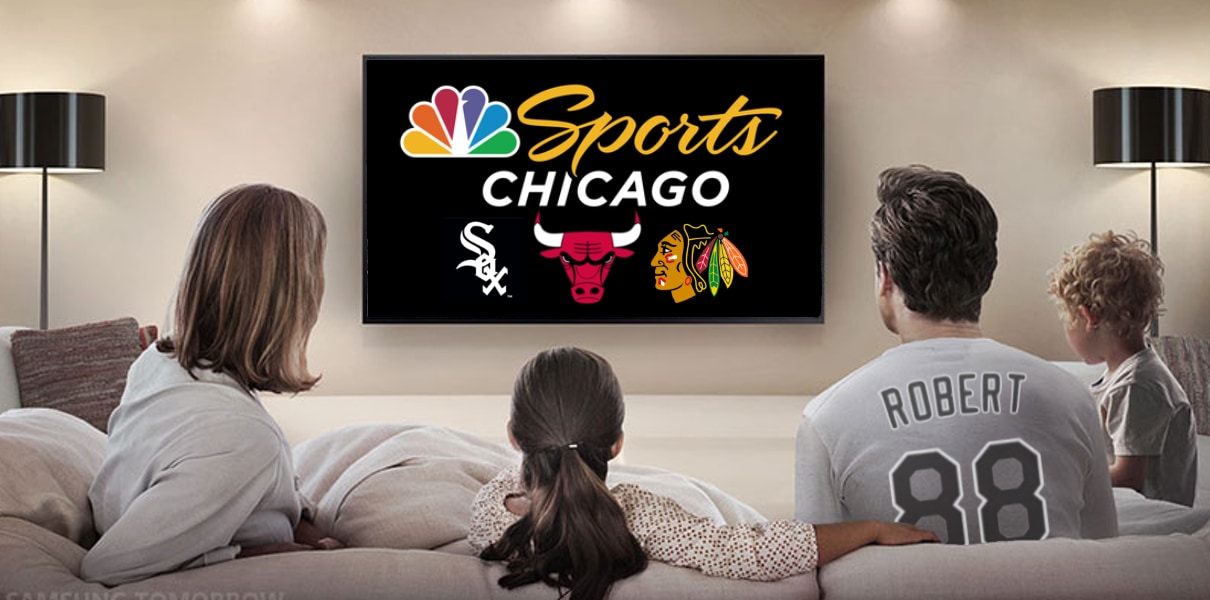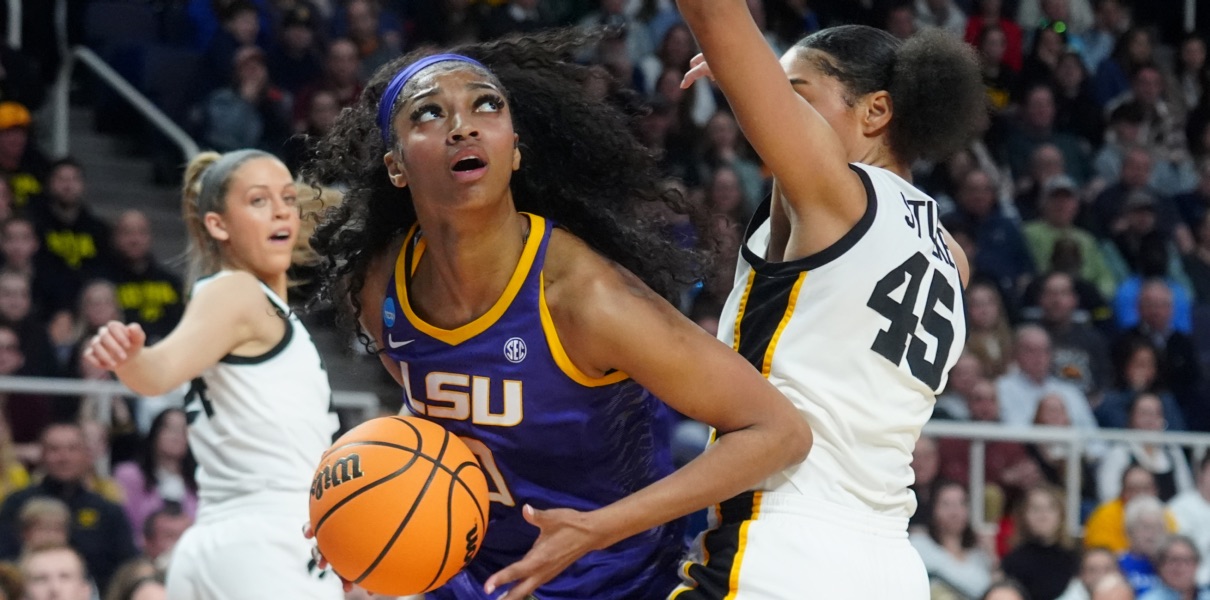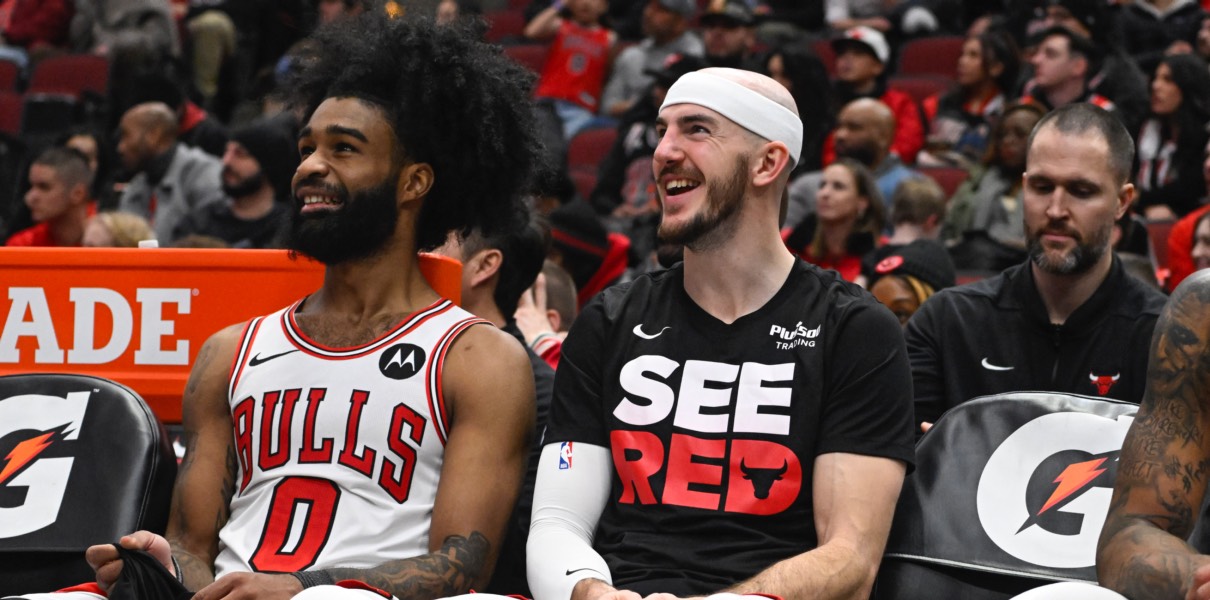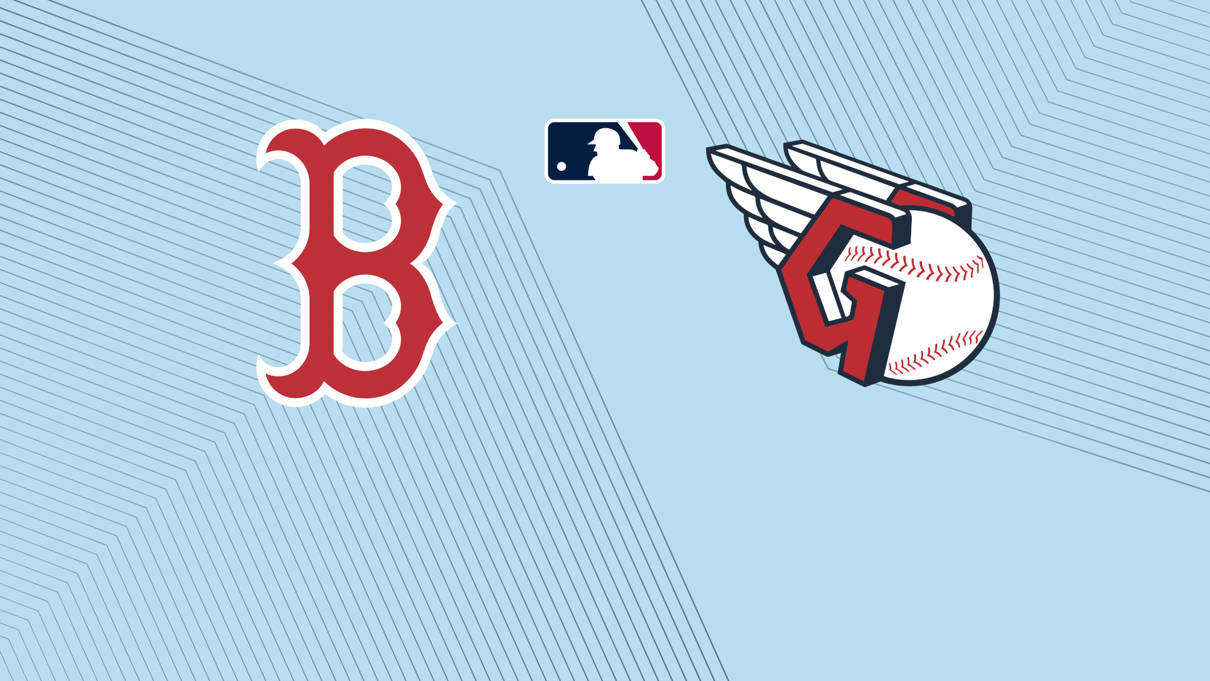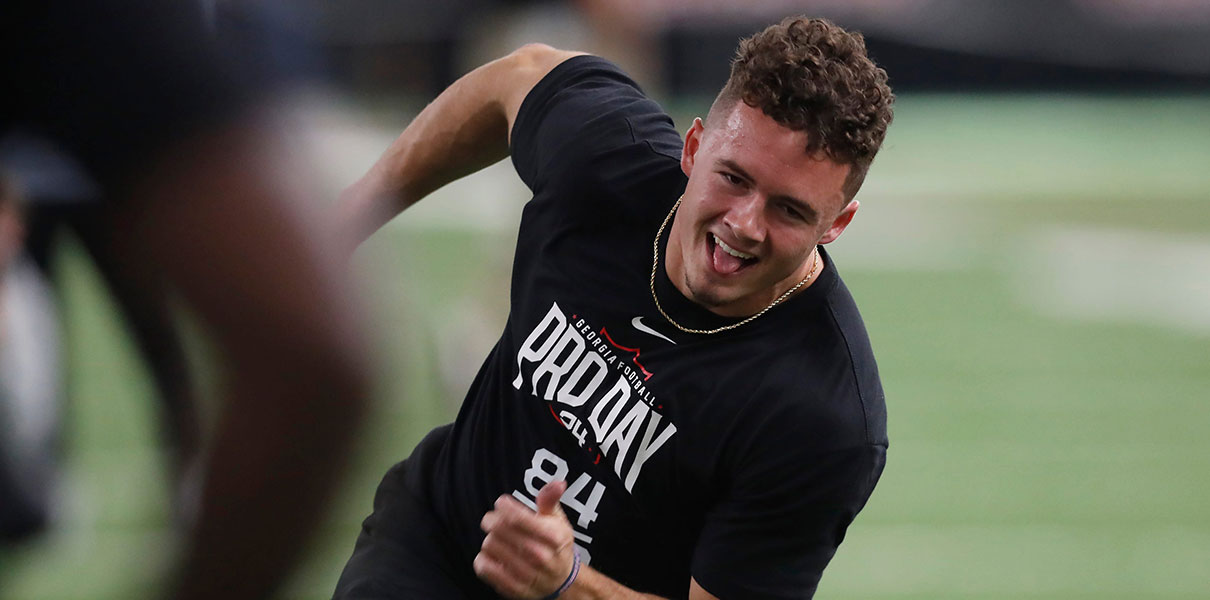As refreshing as it was for the Chicago Bulls to receive their first sip of playoff basketball in five years, the organization can’t be satisfied. Not yet.
Taken down in five games – three of which were non-competitive routs – a matchup against the defending champions exposed just how far the Bulls remain from being true contenders. The good news is the re-signing of Zach LaVine should give the franchise a core worth being excited about. We watched a nucleus of LaVine, DeMar DeRozan, Lonzo Ball, and Nikola Vucevic play high-level basketball for roughly half the season, likely giving the front office enough of an encouraging glimpse to invest further in this unit.
With that said, to take this group up a notch, Arturas Karnisovas and Co. will have to add to this roster. Finding better solutions around the margins to hit open 3-pointers and protect the rim will be a must over the next few months. But how can the Bulls do just that? Do they have the assets it will take?
First things first, we can’t rule out anything in today’s NBA. If Russell Westbrook and his gaudy contract can bounce around the league, almost anything is possible with enough creativity. The Bulls’ front office has also done nothing but blindside fans since they arrived in 2020. Whether it be snatching Nikola Vucevic at the trade deadline or acquiring DeMar DeRozan in a sign-and-trade, they have shown the different – and surprising ways – a team can add talent.
Still, there is no question that this summer will pose a bigger challenge than in years past. Adding the pieces we watched on the floor this season did remove a handful of assets, especially when it comes to draft picks. Chicago sent their 2021 and 2023 first-round picks to the Orlando Magic in exchange for Vucevic. Meanwhile, the team’s 2025 first-round selection now belongs to the San Antonio Spurs thanks to the DeRozan sign-and-trade. So the Bulls will be without some easy trade bait moving forward, but that still doesn’t mean they are running on empty.
Since the NBA forbids teams from trading back-to-back first-round picks, the Bulls will hold the No. 18 pick in the 2022 NBA Draft. All things considered, that should be viewed as a meaningful way to add talent to this roster. Sure, expectations must always be tempered for a rookie’s immediate impact, but we did see just how useful the right pick can be this season with Ayo Dosunmu.
Also, while the Bulls will not be able to trade this pick prior to the draft (they can always trade the player selected that night), they do have another first-rounder they can sell this offseason. When the organization traded Lauri Markkanen to the Cleveland Cavaliers as part of a three-team deal with the Portland Trail Blazers last summer, the team received a lottery-protected first-round pick back from Portland (alongside Derrick Jones Jr.).
The pick did not convey this season due to Portland tanking their way into the bottom-14. However, the pick does have until the 2028 season to land in the Bulls’ lap, and the Trail Blazers do appear set to target the postseason moving forward as they continue to build around Damian Lillard. With that being the case, there still should be plenty of legitimate interest around the league for the pick. The bigger question is whether or not Karnisovas tries to send it off on its own or packages it as part of a bigger deal?
Speaking of trades, the Bulls do have an unused $5.0 million trade exception that expires on July 7th (h/t Alex Kennedy of Basketball News dot com). A trade exception allows for teams to absorb a player into that sum without it impacting the cap or luxury tax. The organization added this to their arsenal last offseason in a sign-and-trade with the Houston Rockets for big man Daniel Theis. But, again, it will disappear in free agency if the team can’t find a way to use it.
Arguably the most essential resource they will have at their disposal is the mid-level exception. Assuming LaVine is re-signed to a max deal, the Bulls will likely be in the luxury tax and dealing with the tax-payer MLE, which is projected to be roughly $6.3 million (the non-taxpayer MLE is worth roughly $10.0 million). Is that a lot of spending power in free agency? No, but it’s enough for a smart front office to use in a way that can help fortify this team’s depth. And, all things considered, the expectation is for the focus to be on improving this bench.
A major bummer is that the Bulls will not be able to tap into another resource because of a rather underwhelming move they made midseason. The bi-annual exception is projected to be worth an extra $3.9 million or so this summer (h/t HoopsRumors), but Karnisovas used some of that cash to give big man Tristan Thompson a deal over the veteran minimum for the remainder of the year. Since a bite was taken out of that apple during this league year, Karnisovas can not take another bite out of it until the next offseason.
So, yeah, that’s basically where things stand. I know it may not seem like a lot – and it isn’t – but we have to stress that this is why having a savvy front office is so crucial. Karnisovas didn’t sound stressed about having to use the assets he has at his disposal this summer, and we shouldn’t stress about it either until we see exactly what he does.
“Obviously, a lot of capital was used to put this team together,” Karnisovas told reporters at his end-of-season press conference. “But there were a ton of great things and positive things this year. In order to bring players, that’s what you got to do. But we’re going to be flexible.”
Plenty of big market teams run into offseasons where the stockpile is thin, and it’s up to leadership to use whatever resources they do have to the best of their ability. At the end of the day, Karnisovas is right, the Bulls needed to do what they did to get back to relevancy. Now, it’s up to him to keep them there.



